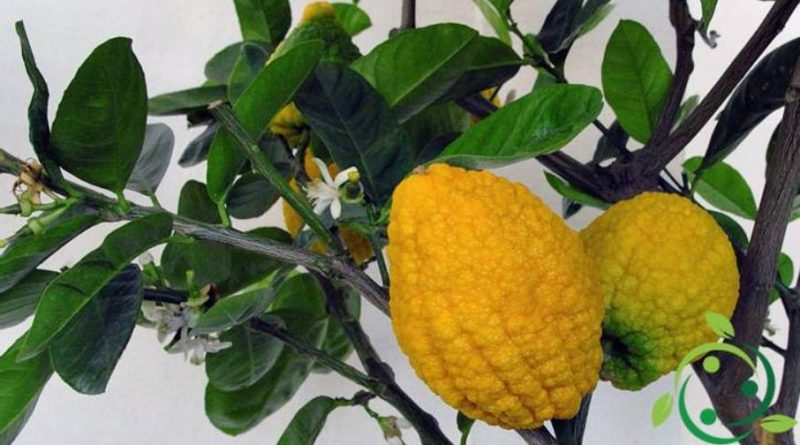How to grow the cedar in a biological way
How to grow the cedar in a biological way
Cedar (Citrus medica L.) is a fruit tree belonging to the genus Citrus, in the family of rutaceae. It is believed to be one of the three species (along with pomelo and mandarin) of citrus fruit from which all the members of the genus known today derive. Let’s see now what are the elements and techniques that make us understand how to grow the cedar in a biological way.
The Cedar is cultivated both in the typical form of citrus fruits: the full-bodied globe that facilitates pruning and harvesting, protects the plant from high insolation and strong winds and, thanks to the greater shading, hinders the growth of weeds around the tree.
Cedar requires fertile and light soils that allow good drainage, generally acidic and sandy, but also rich in organic matter; for this reason the plant must be done placing in the hole where to bury the plant of mature manure or however, in the absence of this, of the compost; this will also favor a faster rooting of the root system.
The maintenance fertilization should be carried out at the beginning of spring, with mature manure or compost, by performing a light weeding, followed by abundant watering to stimulate a good vegetative recovery.
In breeding the Cedar it is essential to consider that it is not very tolerant to low temperatures and is sensitive to drafts and temperature changes; for this reason it can be grown above all in the south and in areas with mild climates and non-rigid winters. The blooms are spring, summer and even late in September. The most important flowering, however, is the summer one, because it provides the best quality fruit.
Like all citrus fruits it is a plant that must be irrigated from the moment the soil starts to dry up; irrigation that must continue throughout the summer and autumn up to necessity.
The most common Cedar diseases are similar to other citrus fruits. Among the pests we recall the green aphid, brown and aphid of cotton, the Cochineals and the Cotonello of citrus fruits. In some cases even the fruit fly can attack the cedar.
The measures to reduce these infestations are to encourage the proliferation of coccinellids and sirfids and to use natural white oils and Marseilles soap.
One of the most important measures is not to completely clean the soil from the herbs where they create beneficial biocenosis for beneficial insects and not to use nitrate fertilizers.
In addition to the use of fruit and its juices, among other uses of the fruit of the Cedar we recall the use of the rind used for the preparation of candied fruit, jams and syrups, while with the flowers you get the essential oils used in herbal medicine and perfumery.

